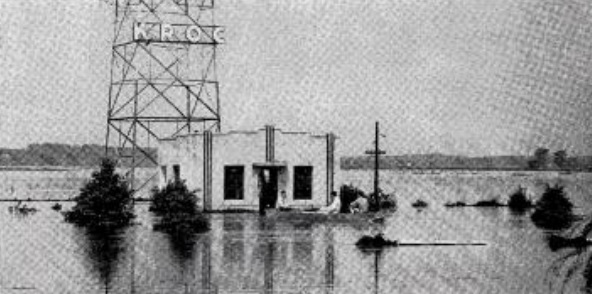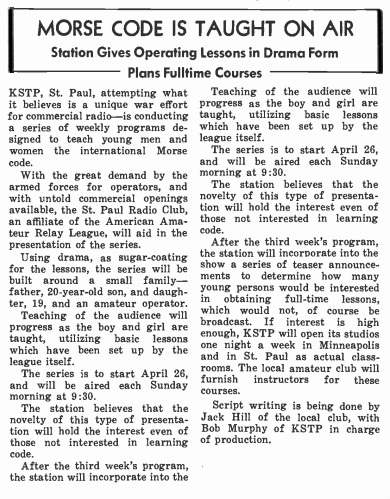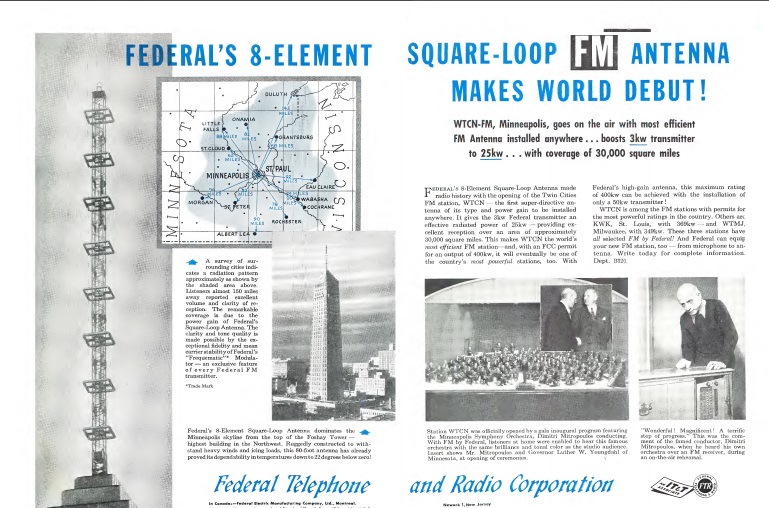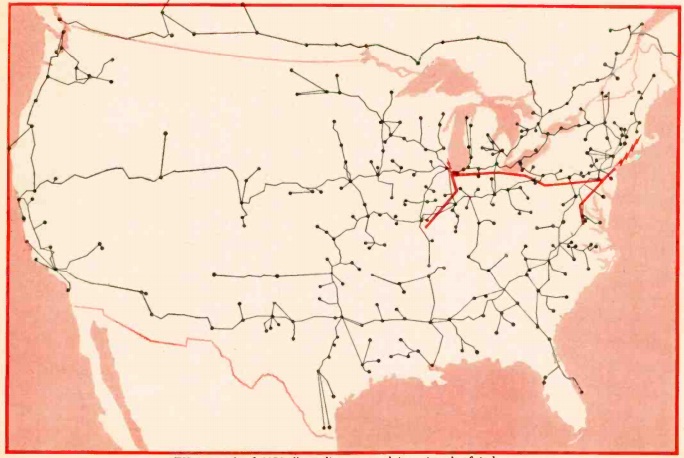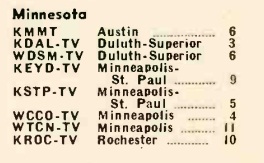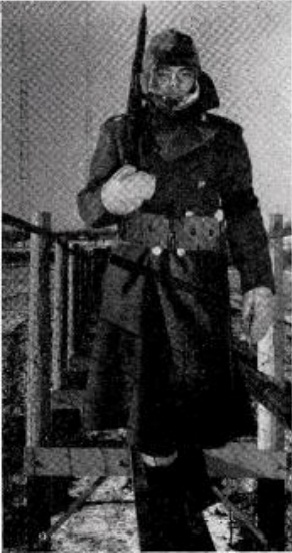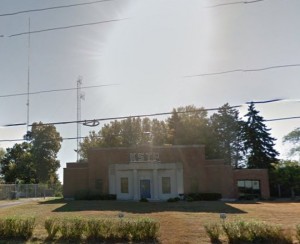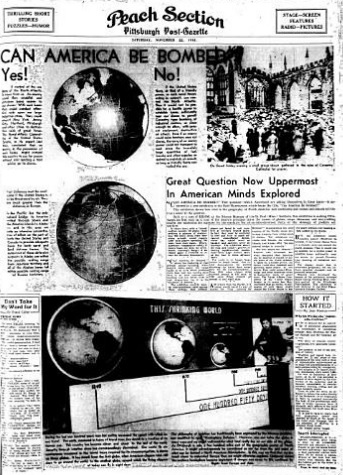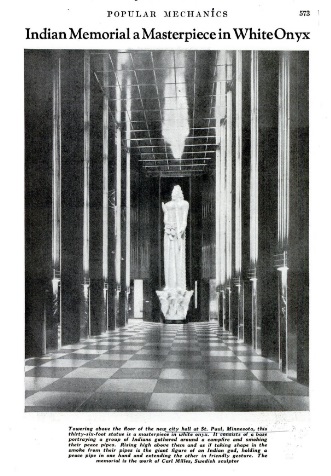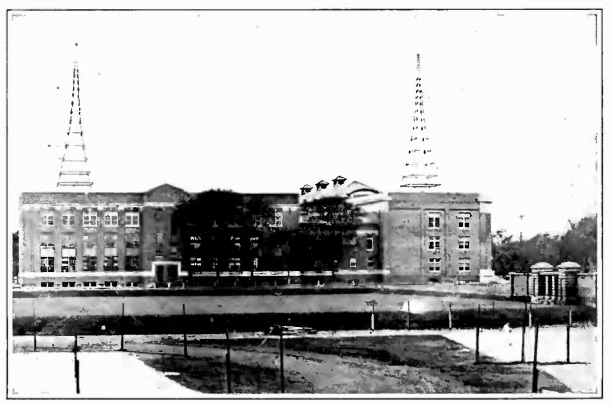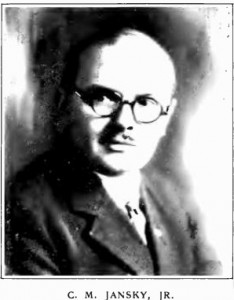 Seventy-five years ago, the April 12, 1942, issue of the Chicago Tribune carried this story about a wartime curiosity on the shortwave bands, Station DEBUNK.
Seventy-five years ago, the April 12, 1942, issue of the Chicago Tribune carried this story about a wartime curiosity on the shortwave bands, Station DEBUNK.
After the United State entered the war, the station sprung up on 7.2 MHz, and tried to pass itself off as a clandestine station operating from inside the United States.
But according to the newspaper, the FCC had confirmed what most SWL’s had already figured out, namely, that the station was broadcasting from Europe. The newspaper noted that the station was on the same frequency as the Berlin shortwave station.
The newspaper also noted that many listeners saw the hand of Freddy Kaltenbach in the station’s appearance, noting that it expressed his manner of expression and thinking. We previously wrote (here and here) about propagandist Kaltenbach, a former Iowan of German birth.
The station was also profiled in the April 18, 1942, issue of Radio Guide, which noted that the station normally signed on to its 41 meter frequency between 7:30 and 8:00 PM Central War Time. The transmission began with an interval signal consisting of a piano playing part of the melody from the Star Spangled Banner, repeatedly playing the music for the words “by the dawn’s early light.”
The announcer then asked listeners to phone their neighbors to tune in and then played some jitterbug records. After about ten minutes, the announcer, one “Joe Scanlon” unleashed propaganda that was “anti-British, anti-American, anti-Communist, anti-Jewish, in fact, anti everything but National Socialism.”
After the diatribe, the station would sign off with the Star Spangled Banner. The Radio Guide profile noted that the station was amateurish in nature, with “the modulation as rotten as the talks.”
Announcer “Scanlon” was actually Herbert John Burgman, originally of Hokah, Minnesota. Burgman served in the U.S. Army from 1918 to 1920, posted in Germany. In 1921, he was employed as a clerk at the U.S. Embassy in Berlin and married a German national. By 1941, he was a committed Nazi sympathizer, and declined repatriation to the U.S. along with the rest of the embassy staff, and he signed on as a propagandist for Radio DEBUNK.
After the war, he was arrested a tried for treason. The prosecution relied not only eyewitness testimony, but the recordings of the broadcasts from the FCC’s Silver Hill, Maryland, monitoring station. Despite a plea of insanity, Burgman was convicted of 13 acts of treason and sentenced to 6-20 years in prison. In 1951, the Court of Appeals affirmed his conviction. Burgman v. United States, 188 F.2d 637 (D.C. Cir. 1951).
He died in prison in 1953 at the age of 59. He then found his way home to Minnesota and is buried in Austin, MN.
You can listen to a sound clip of Station DEBUNK at this link.

